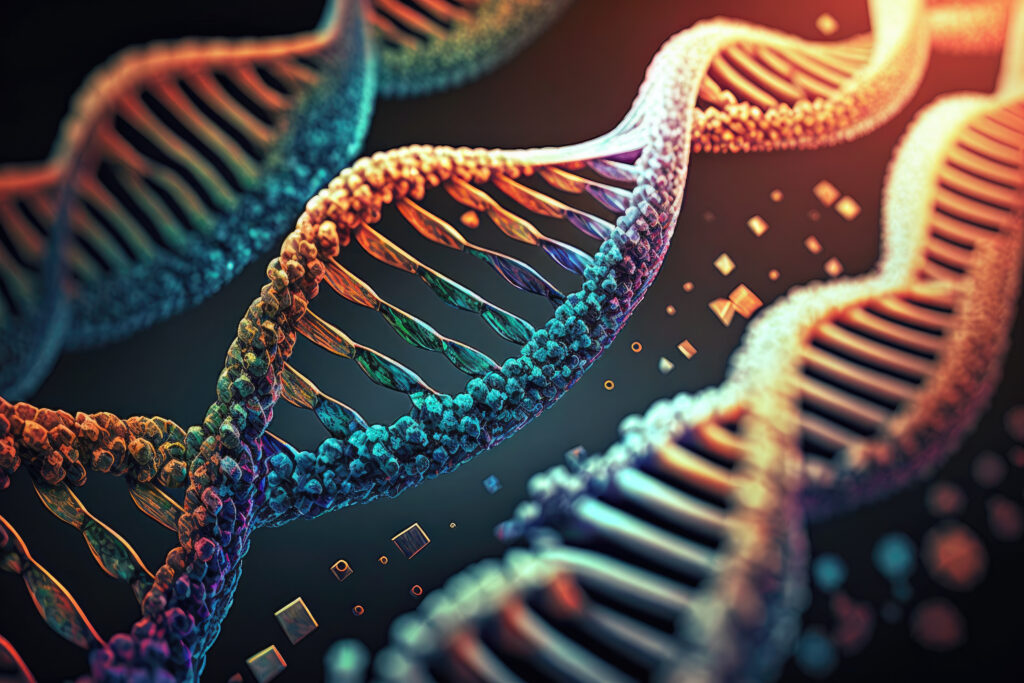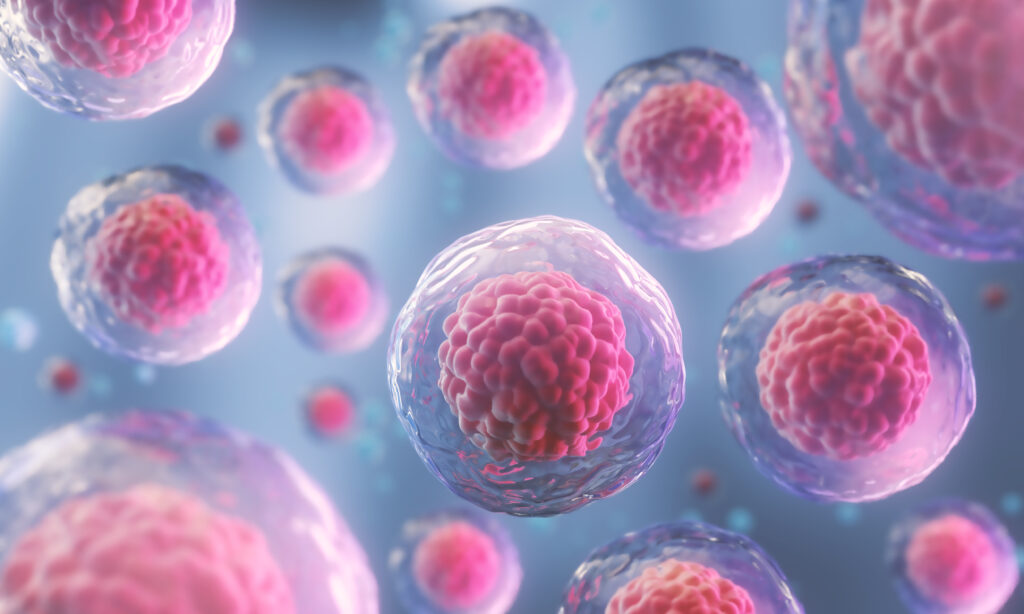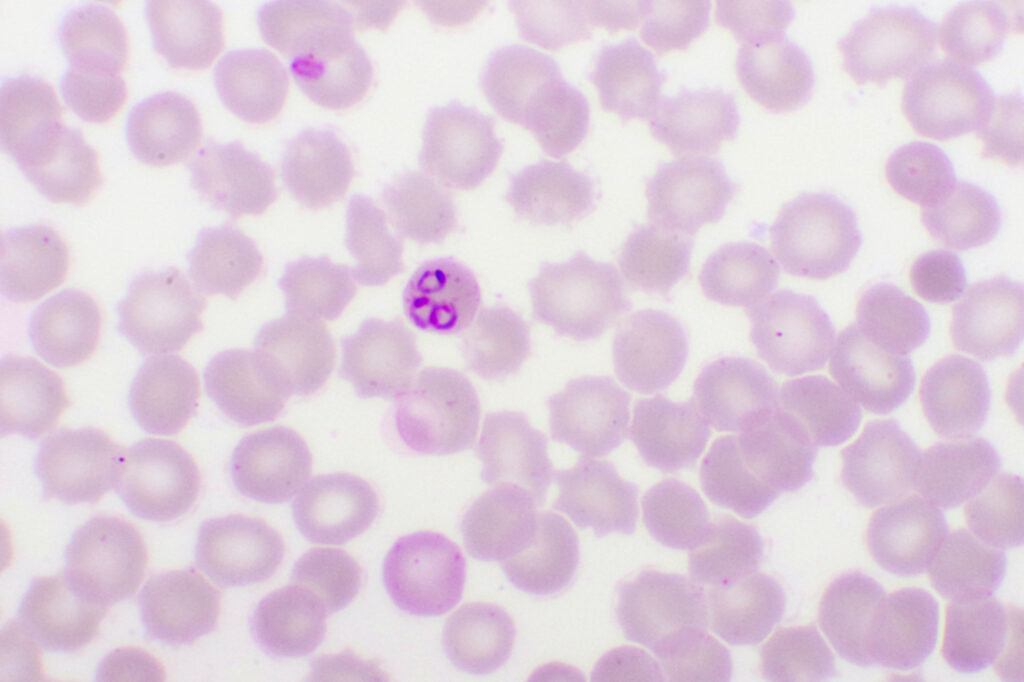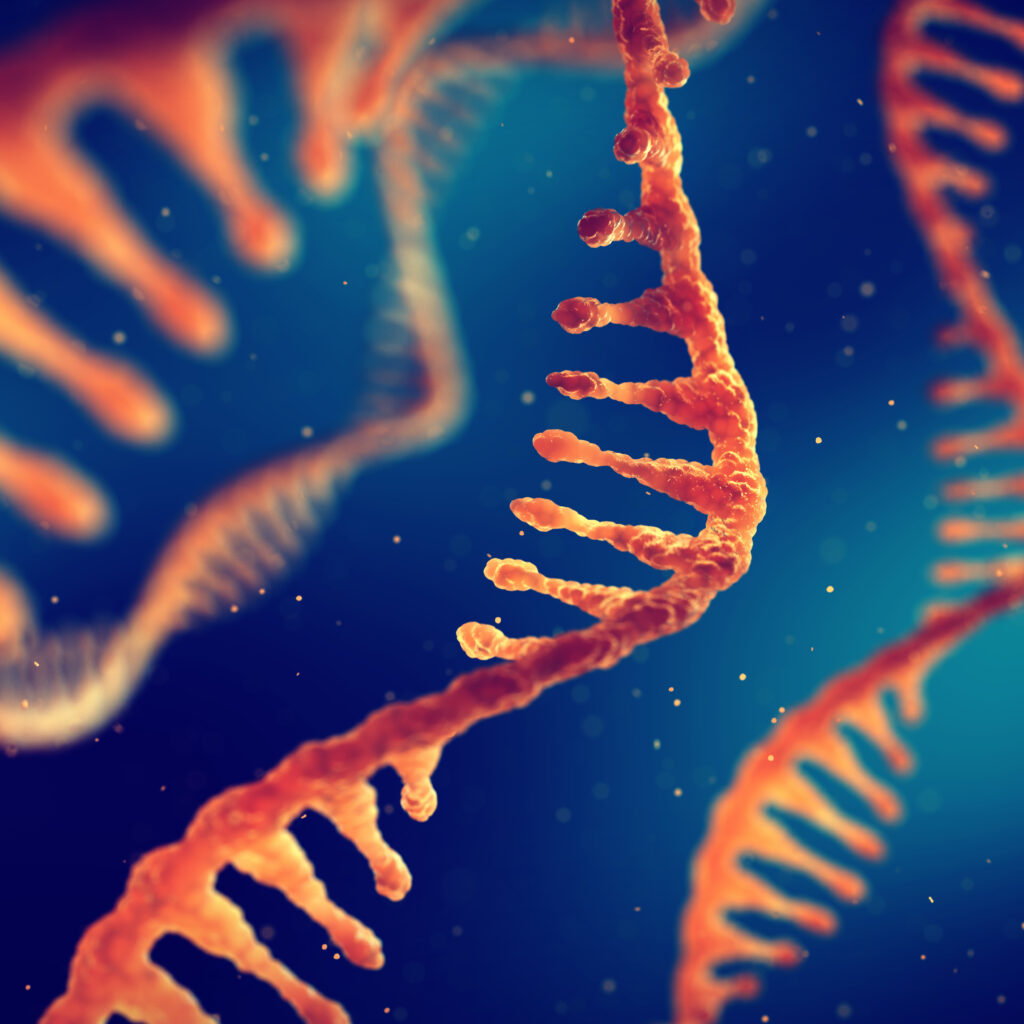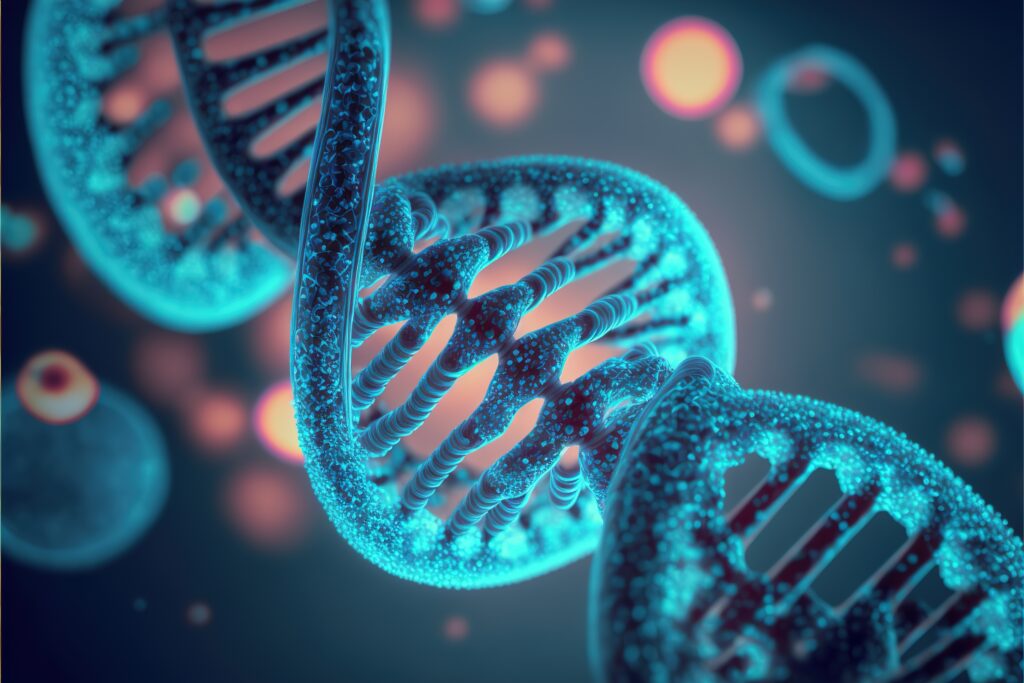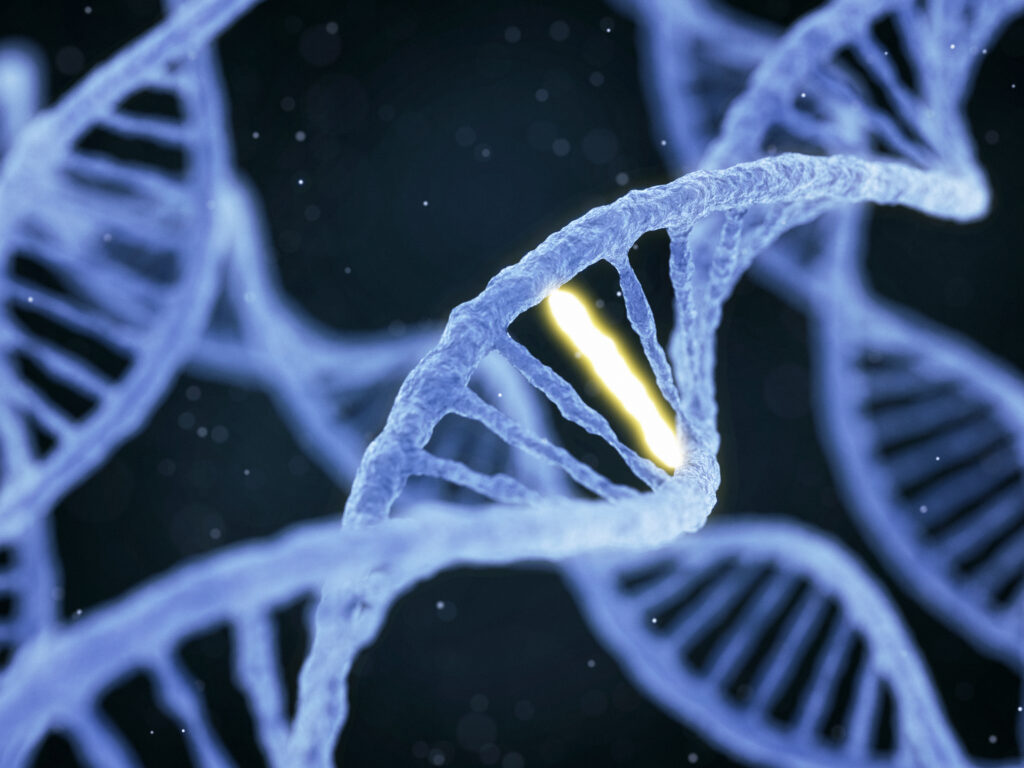
Beyond the Edge of Evolution: The New York Times Story
Dear Readers, As I wrote in The Edge of Evolution, Darwinism is a multifaceted theory, and to properly evaluate the theory one has to be very careful not to confuse its different aspects. Common descent, natural selection, and random mutation are separate concepts; the first two are well supported, but the power of random mutation is not. I argued that evolution — understood just as common descent — did happen, but that randomness played only a minor part. Instead, nonrandom processes — either front-loaded, guided, or somehow influenced by an intelligence — played by far the greatest part. Unfortunately, stories in the news and on the internet regularly confuse the facets of Darwinism, ignore distinctions made in The Edge of Evolution, or Read More ›

